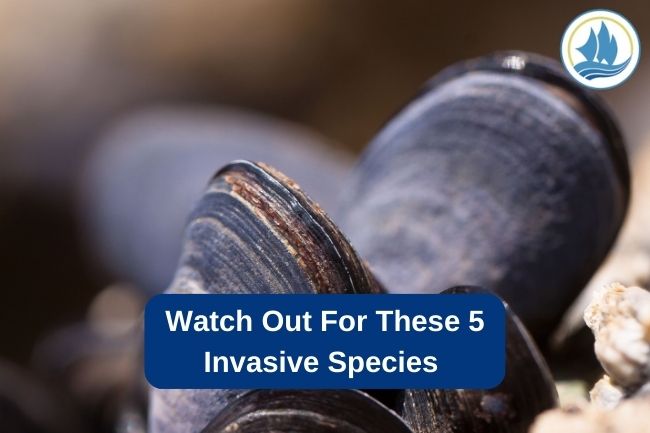Watch Out For These 5 Invasive Species
By. Nevanda - 08 Mar 2023
kelolalaut.com - The ocean are packed with plants and animals that willing and able to move over their native habitat. All they need is a ride to reach a new place. Wherever they move, this invasive organism can change the ecosystem, food webs and economies. The Scientist from Smithsonian Environmental Research Center’s Marine Invasions Lab are on the mission to get better understanding about the movement and impact of these invasive species. Here are five species that are considered as invader.
Read also: 5 Benefits on Consuming Dory
1. Green Crab (Carcinus maenas)
This crab is native to European and has been carried by ships in ballast water. This crab also often sold as a fish bait in much of the world. European Crab now has established population on both coasts of North America, Southern South America, Australia, South Africa, and even reaching Japan coasts. This crab is a carnivorous animal and also a predator to any forms of shore life like worms and molluscs. In particular area, this crab eating habit also has affected the commercial shellfish industry.
2. Killer Algae (Caulerpa taxifolia)
Caulerpa taxifolia is a type of green seaweed that originally from the Indian and Pacific Oceans. This species of seaweed has escaped from public and private aquarium in California, Japan, Australia, and Monaco. Now it has spread widely in the Mediterranean sea, replacing the native plants and depriving marine life of food and habitat. In California this seaweed was eradicated using toxic chemical.
3. Sea Walnut (Mnemiopsis leidyi)
Sea walnut is a ctenophore (stingless jellyfish-like animal) that native to the east coast of North and South America. They were discovered in the Black Sea in 1982, and presumably got there because transported by the ballast water. This species later spread to the Caspian Sea and form immense population on both places. The sea walnut is contributed to the collapse of local fisheries because they feed on zooplankton that the commercial fish also consume. This species has been discovered in the Mediterranean, Baltic and North Seas.
Read also: Gillnet as a Fishing Gear
4. Veined Rapa Whelk (Rapana venosa)
This species is a large marine snail that has beautiful shell and native to the northwest Pacific, from Vladivostok, Russia to Hong Kong. In 1946 it later discovered in the Black Sea and spread to Mediterranean Sea. This whelk also got transported in the ballast water to European coastal and in estuary in South America. This species is a predator to other bivalve, but now sold to Asian market as a food.
5. Zebra mussel (Dreissena polymorpha)
This bivalve is native to the Caspian Sea, lagoons of the Black Sea and their inflowing rivers. They live in fresh and brackish water, and cannot live in full seawater. In the 18th and 19th centuries, this species spread through Eropean canals to the Baltic Sea and other European estuaries. It is also found in lake and rivers in eastern and central North America. Zebra mussel has fouled power plants, water purification facilities, ship and beaches with their decaying mussel.
Read also: The Real Dory Fish








